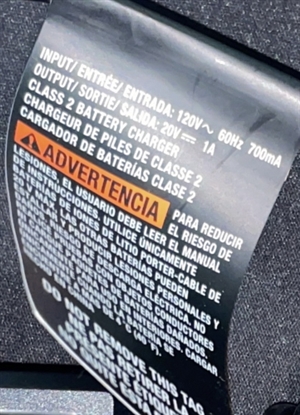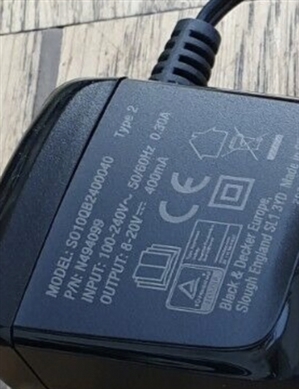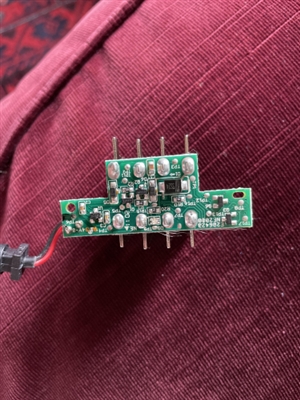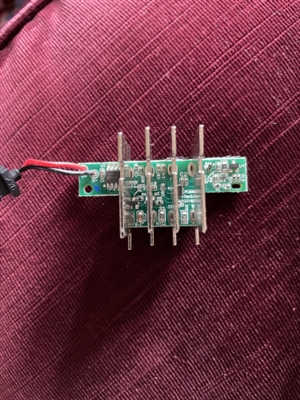The rating of the current adapter is 120v 60hz 770ma, output of 20v 1A.
However the UK versions are slightly different for B&D and Stanley they are


Was thinking of getting something like - https://www.aliexpress.com/item/4001159381316.html?spm=a2g0o.productlist.0.0.45a66bceNzJeIa&algo_pvid=7d9330ae-94ea-4c45-baac-f128cd8e3545&algo_expid=7d9330ae-94ea-4c45-baac-f128cd8e3545-0&btsid=0b0a557216156484926828136e4e91&ws_ab_test=searchweb0_0,searchweb201602_,searchweb201603_
What be the best to get? is that one ok?





